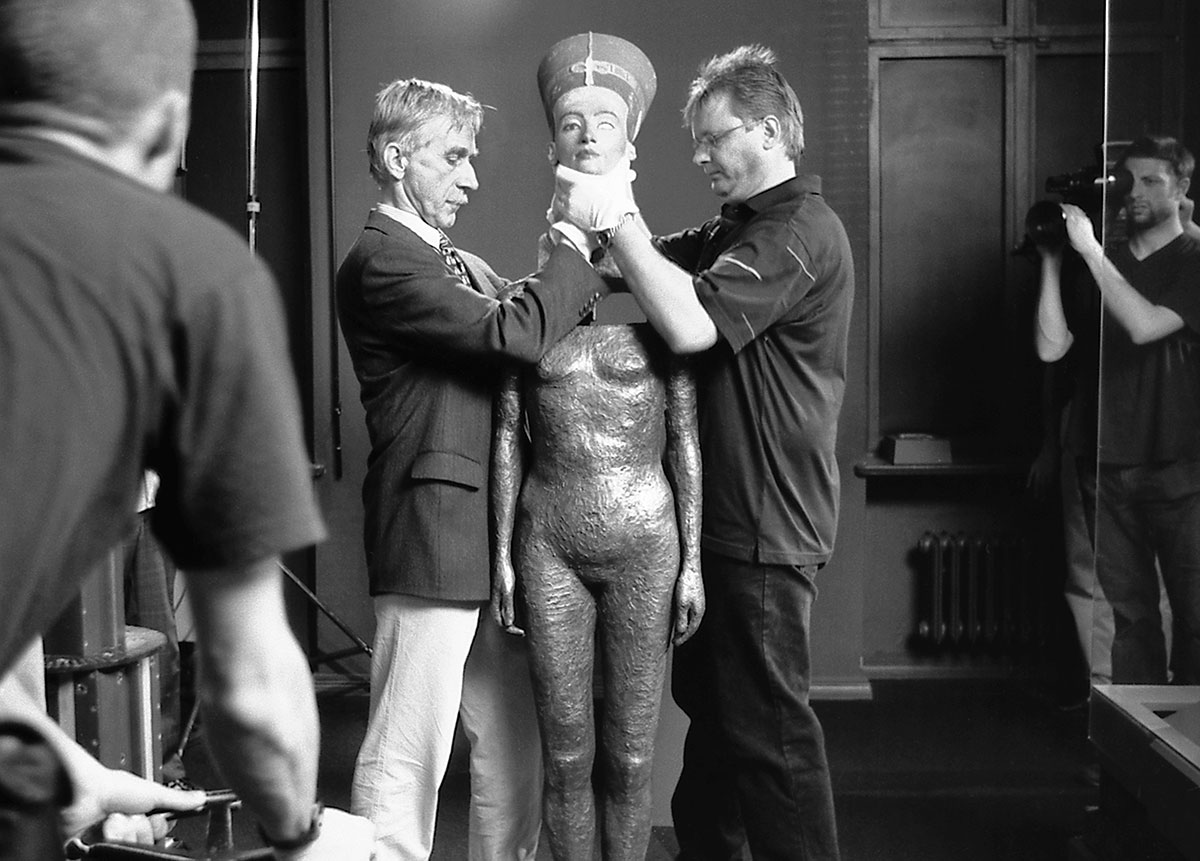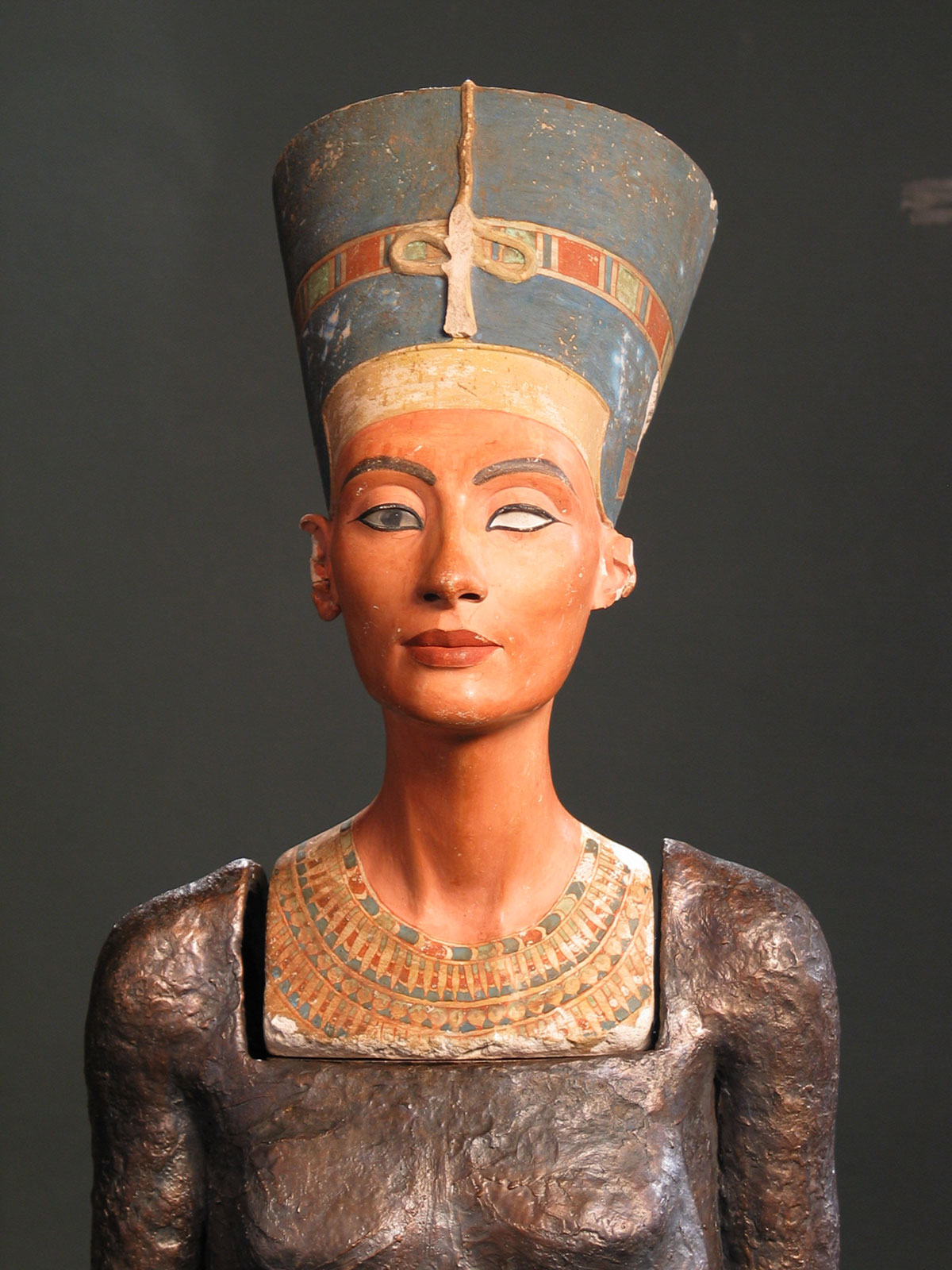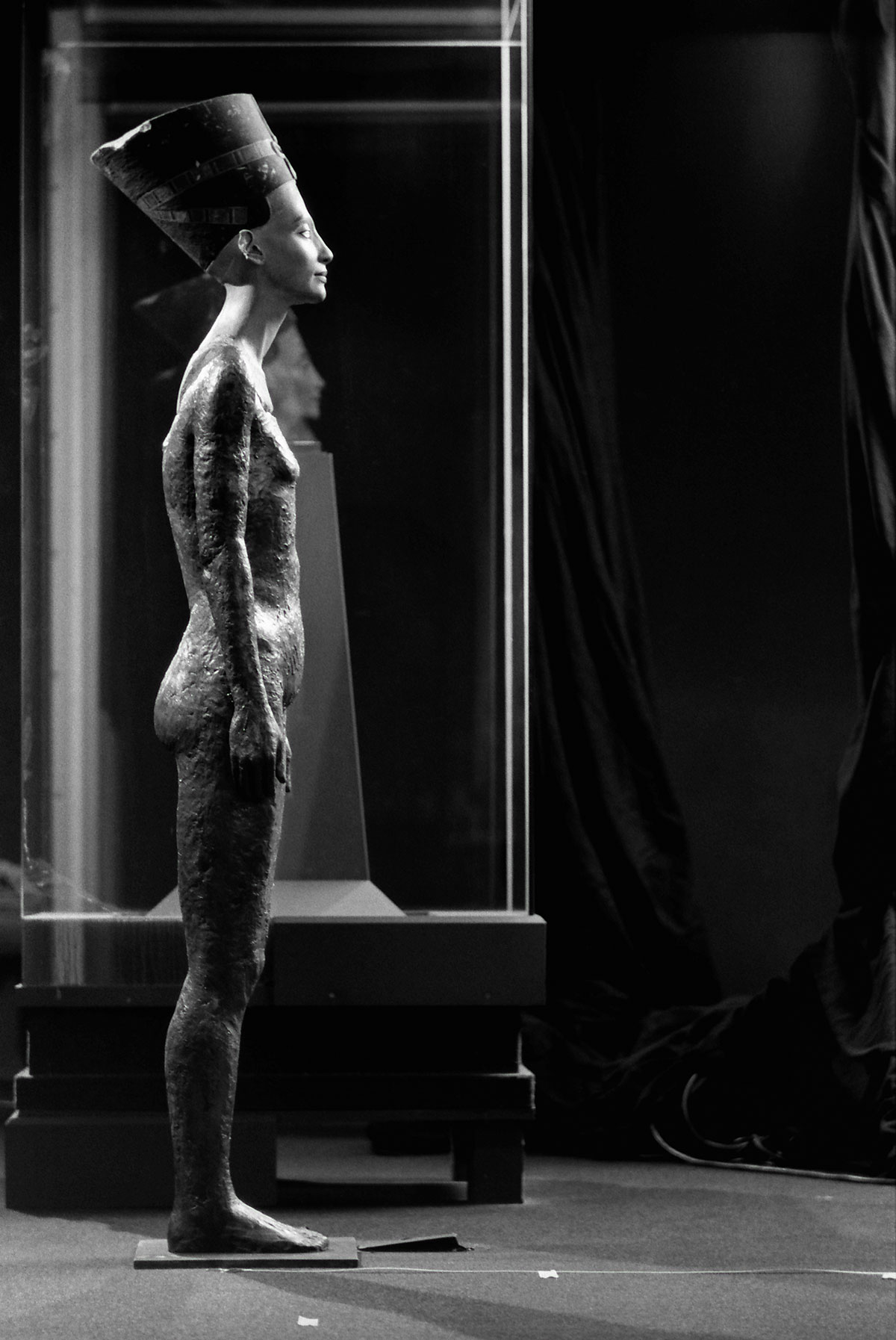
Courtesy of the artist and Erna Hecey Gallery

Courtesy of the artist and Erna Hecey Gallery

Courtesy of the artist and Erna Hecey Gallery

BIOGRAPHY
Little Warsaw is an artistic duo founded in 1999 by András Gálik (Budapest, 1970) and Bálint Havas (Budapest, 1971). In their films, performances, and installations, the artists reflect upon historical processes that influence the collective conscience, examining their multiple interpretations. By moving monuments and objects away from their usual contexts and into new, unexpected relationships, they alter the way they are seen and question the supposed objectivity of historical truths.
Under the name Little Warsaw, the two artists have exhibited their works in numerous countries and participated in twelve international biennial festivals, including the Venice Biennale, Berlin Biennale, Manifesta and Prague Biennale. Their works belong to international museum collections including: Centre Pompidou, Paris; MUDAM, Luxembourg; Ludwig Museum, Budapest; Stedelijk Museum, Amsterdam; GFZK, Leipzig; Carré d’Art, Nîmes; and the Hungarian National Gallery, Budapest.
––––
WORK ON DISPLAY
The Body of Nefertiti, 2003
16mm film transferred onto video, color, mute
21:08 min
Gift of Amis du Centre Pompidou, Cercle International, with additional support from Arpad Balazs & Andrea Denes, Judit Reszegi, Csaba Toth, Zsolt Somloi & Katalin Spengler, 2019.
Collection Centre Pompidou, Paris. Musée national d’art moderne / Centre de création industrielle.
The film documents an operation carried out for the 50th Biennale of Venice: the mounting of a celebrated bust of Queen Nefertiti onto a body created by artist duo Little Warsaw. The bust, discovered at the beginning of the twentieth century and now preserved at the Egyptian Museum in Berlin, has been absorbed over time by European culture, which has transformed it into a model of ideal beauty, despite Nefertiti not having anything to do with European culture or history. The body created by Little Warsaw was, on the contrary, far removed from an idealized model of beauty, being based instead upon realistic parameters such as age, lifestyle. During its exhibition, this sculpture, not complying with the canonical representation of art history, caused scandal among Egyptian institutions, thus highlighting how the idealization of a body remains at the core of cultural hegemony moving through exoticism, tourism, colonialism, and museology.


